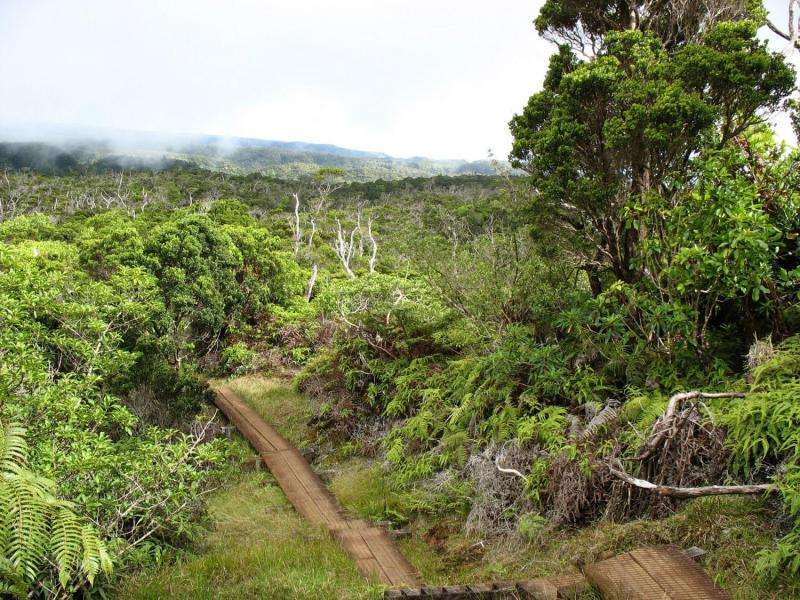New research shows La Nina is not helping Hawai'i's rainfall and groundwater

Historically when El Niño events occur, Hawai'i has experienced nearly six months of drought, from November to April. Conversely, during La Niña events rainfall has been greater than normal - building up Hawai'i's groundwater supply. New research published this month in the Journal of Climate by scientists at the University of Hawai'i - Mānoa, Nanjing University of Information Science and Technology, and NOAA's Honolulu National Weather Service (NWS) Office, determined that the relationship between La Niña and rainfall in Hawai'i has changed and recent La Niña years have brought less-than-normal rainfall.
Because the La Niña events have brought excess rainfall to the State in the past, the new information indicating decreased rainfall during recent La Niña events has important implications for agriculture, water resource management, and more.
"Initially, this changing relationship between La Niña and Hawaii rainfall was brought to my attention by Kevin Kodama [co-author of the paper and hydrologist at NOAA's Honolulu NWS]," said co-author Pao-Shin Chu, professor of Atmospheric Sciences at UHM School of Ocean and Earth Science and Technology and Hawai'i State Climatologist. "However, we had no idea when this shift occurred, nor any comprehensive analysis to understand the mechanisms for this change."
Chu and co-authors analyzed data from 50 rain gauges managed by the National Weather Service (NWS) throughout the State, which provided rainfall measurements from 1956 to 2010. A statistical analysis, called a changepoint analysis, determined that the shift - from excess rainfall to less-than-normal rainfall - during in La Niña years occurred in 1983.
The researchers then compared factors affecting weather and climate between the two periods on either side of that shift - 1956 to 1982 and 1983 to 2010. This comparison uncovered changes in the large-scale atmospheric circulation patterns before and after the shift.
The strengthening, broadening, and westward shifting of the eastern North Pacific subtropical high-pressure system, coupled with an eastward elongation and intensification of the subtropical jet stream were found to be influential in reducing rainfall during the recent La Niña seasons.
Additionally, assessing storm-track data revealed that the changes found in the aforementioned circulation features created a less favorable environment for the development of Kona low-pressure systems and fronts in the vicinity of Hawai'i. Variability in tropical sea surface temperatures and circulation features in the northern Pacific Ocean have also changed during La Niña wet seasons - further forcing the changes in La Niña-year rainfall.
"In the future, it may be possible to use a regional climate model to shed more light on the variability of rainfall in Hawai'i," said Chu.
More information: Christopher F. O'Connor et al. Variability of Hawaiian Winter Rainfall during La Niña Events since 1956, Journal of Climate (2015).
Journal information: Journal of Climate
Provided by University of Hawaii at Manoa




















